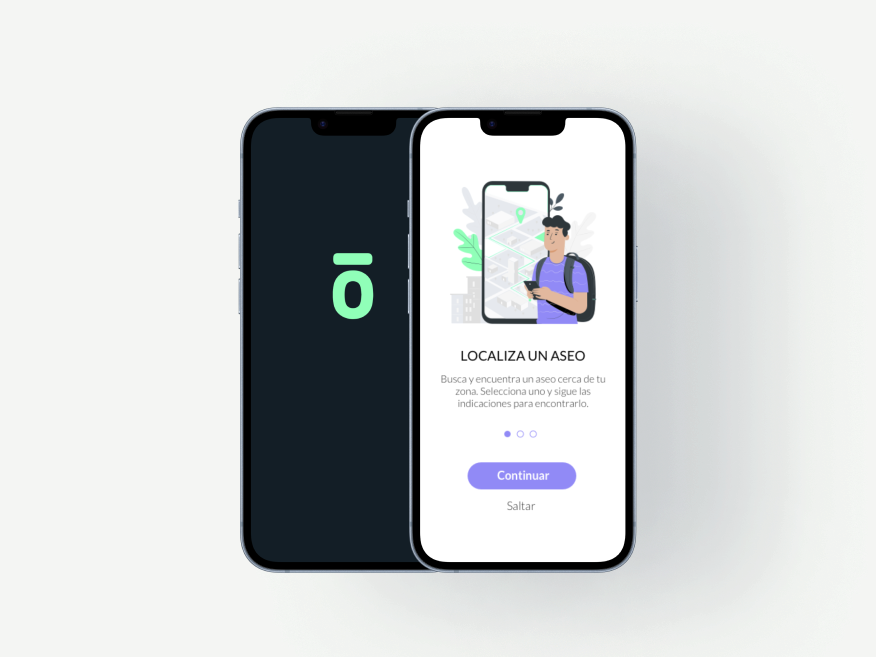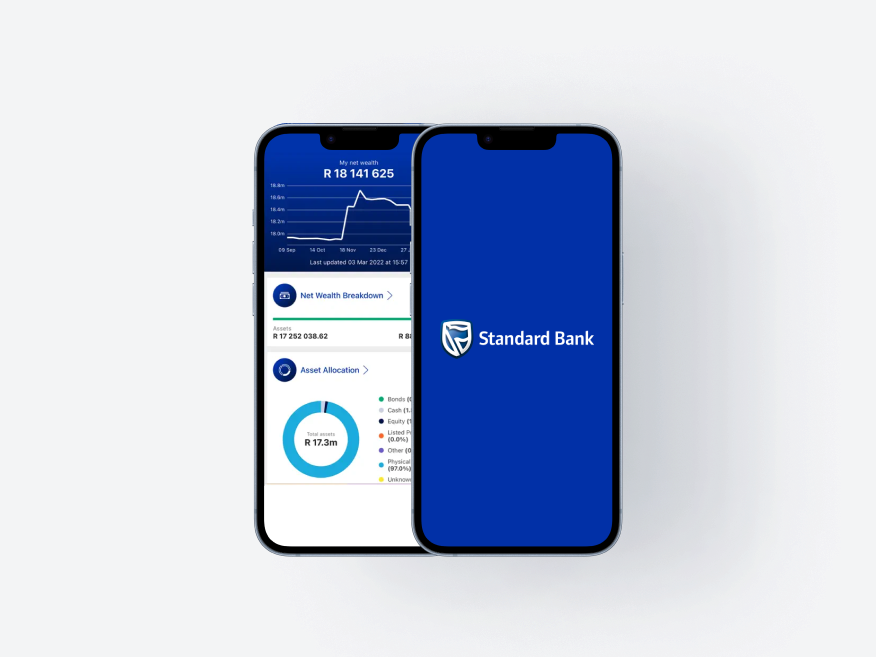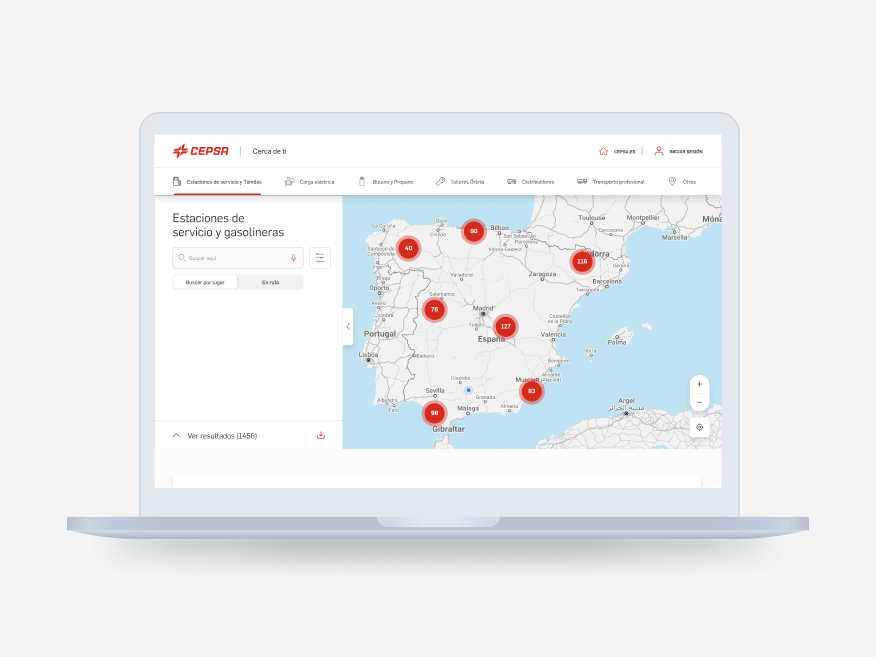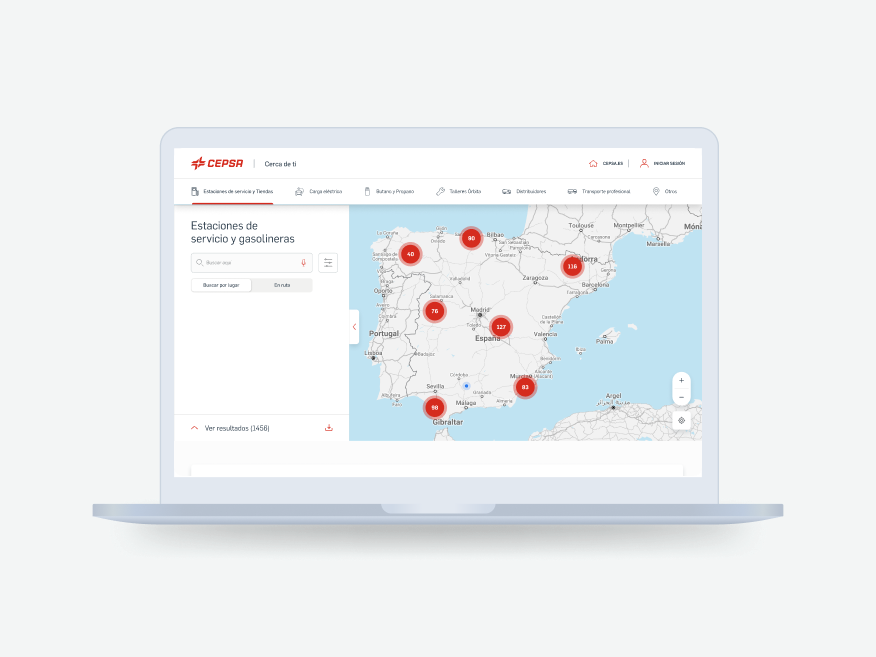Increasing Efficiency in Radiator Data Collection
Industry: Energy
Client: Warmur
Role: UX Designer
Collaborators: Product Manager, iOS Developer, Data Analyst and Field Technicians
The context
In line with Warmur's mission to improve energy efficiency, we developed a specific workflow in the iOS app to facilitate technicians' work during radiator inspections. This feature allows technicians to accurately and efficiently record the necessary information about radiators during home visits, including type, size, and power. This solution has resulted in a 40% reduction in data processing time and has increased the accuracy of energy assessments by 25%.
The challenge
The main challenge was to design an efficient workflow so that field technicians could accurately capture and record the type, size, and power of radiators during their home visits.
Project KPIs
Increase the accuracy of radiator data collection by 20-30%.
Reduce data processing time by 20-30%.
Reduce data processing time by 20-30%.
Old Solution Issues
The main problem was the time lost in gathering information due to the different types of radiators and the amount of data that needed to be collected. Field technicians had to deal with a variety of radiators, which complicated and lengthened the data capture process. This inefficiency not only increased the time required to complete each inspection but also affected the accuracy and consistency of the data collected.
Metodology
Analysis of the platform's technological requirements
During the analysis of the platform's technological requirements, it was identified that technicians needed a tool that could efficiently handle the diversity of radiators and the amount of data they had to capture. The analysis of the tasks that the technicians had to perform revealed that the current process was slow and prone to errors due to the variety of radiators and the complexity of the required data. Finally, the workflow analysis showed that the lack of standardization and the reliance on paper forms contributed to inefficiency and time loss in data collection.
Analysis of the tasks that the technicians had to perform
During the analysis of the tasks that the technicians had to perform, several problem areas were identified. The technicians had to manually record detailed information about various types of radiators, which resulted in a tedious and error-prone process. Additionally, the use of paper forms increased the risk of data loss and required the information to be transcribed into digital systems later, which duplicated the effort and time invested. It was determined that a digitized solution could significantly improve the accuracy and efficiency of the data collection process.
Workflow analysis
During the workflow analysis, several inefficiencies were identified in the current data collection process by the technicians. The use of paper forms not only increased the risk of errors and data loss but also required considerable time for transcribing data into digital systems. The lack of standardization in the way radiator information was collected added complexity and variability to the process, making it difficult to maintain consistency and accuracy in the data. It was concluded that a digital solution could optimize workflows, improving both the efficiency and accuracy of data collection.
Research — Insights
During the analysis, several critical points were identified in the workflow of field technicians. To correctly understand the type and size of the radiators, and thus calculate the output power, it was essential for technicians to accurately record information about each radiator in the homes. It was found that a typical house has between 7 and 15 radiators, and for each one, the technicians needed to identify the following data:
- Radiator identifier (A-Z)
- The type of room where the radiator is located (bedroom, bathroom, etc.)
- Radiator width
- Radiator height
- Radiator type
Radiators vary in types, including compact radiators, classic column radiators, towel warmers, and designer radiators. The diversity of radiators required a data capture method that could handle the accurate identification and measurement of each type. For example, compact radiators have water-filled panels and fins that vary, making them difficult to identify with a video walkthrough alone. Column radiators needed detailed measurements of columns and dimensions, while towel warmers and designer radiators required clear photos along with width and height measurements for proper identification and cataloging.
Solution
To address the identified challenges, we designed a specific workflow within Warmur's iOS app for radiator data collection. The developed solution allows field technicians to accurately and efficiently record the necessary information about each radiator, including the identifier, room type, dimensions (width and height), and radiator type. This digital tool standardizes the data capture process, minimizes errors, and significantly reduces the time required to complete inspections. By facilitating the capture of accurate and detailed data, our solution enables the design team in the office to calculate radiator output power with greater precision and efficiency.
Wireframe and prototyping
Once we had a clear understanding of our users' needs, we prototyped an efficient workflow for radiator data capture using Figma. The prototype included screens for technicians to record key information such as the radiator identifier, room type, dimensions (width and height), and radiator type. We also included features for attaching clear photos of the radiators, which was especially useful for towel warmers and designer radiators.
The prototype was validated through usability testing with real field technicians, allowing us to iterate and refine the interface to ensure ease of use and efficiency. A combination of scenario testing and interviews was used to gather detailed feedback, resulting in several key improvements, such as simplifying navigation and standardizing data entry fields.
This prototyping process ensured that the final solution not only met technological and usability requirements but also significantly improved the accuracy and efficiency of data collection in the field.
The implementation of the new workflow for radiator data collection in Warmur's iOS app had a significant impact on the efficiency and accuracy of the process. Key results include:
Increase in data accuracy: The standardization and digitization of the data collection process reduced errors by 40%, allowing for a more accurate assessment of radiator output power.
Reduction in processing time: The time required to complete inspections and transcribe data was reduced by 50%, improving the productivity of field technicians.
Technical team satisfaction: Field technicians reported a 30% improvement in the ease and efficiency of their daily work, thanks to the new digital tool.
Improvement in decision-making: The availability of accurate and consistent data enabled the design team in the office to make more informed and faster decisions regarding the energy efficiency of the inspected homes.





